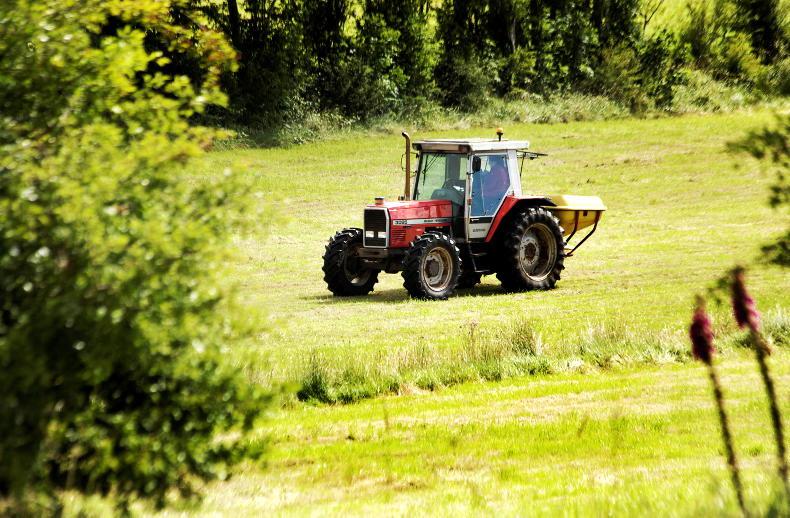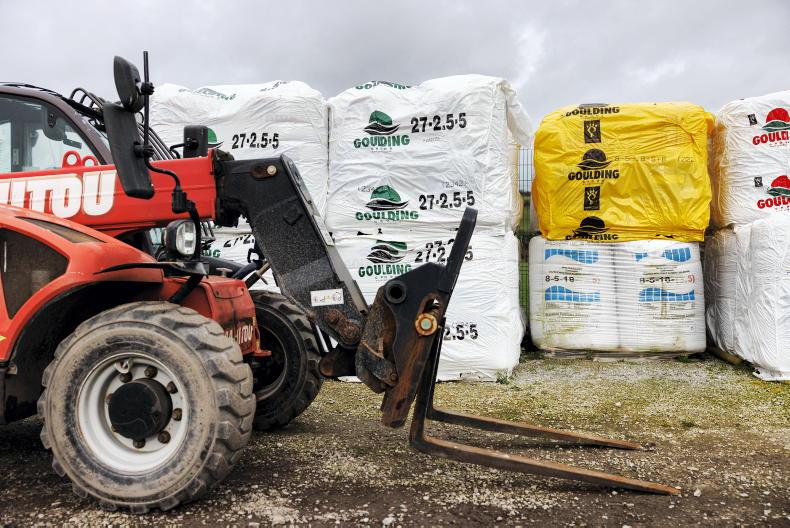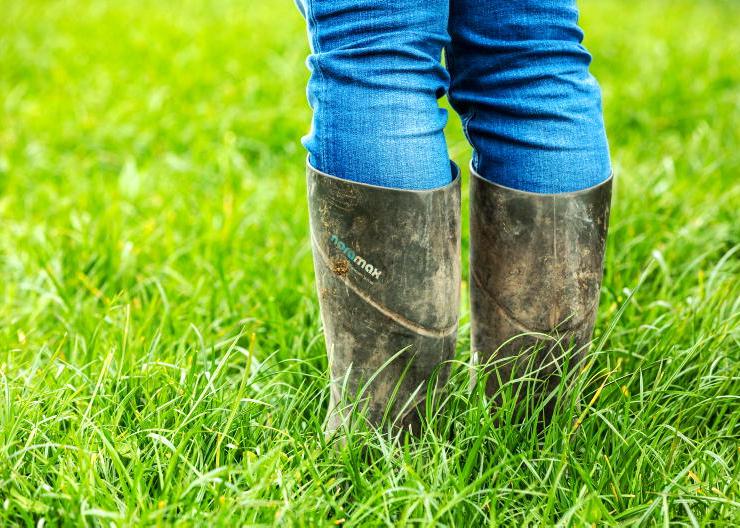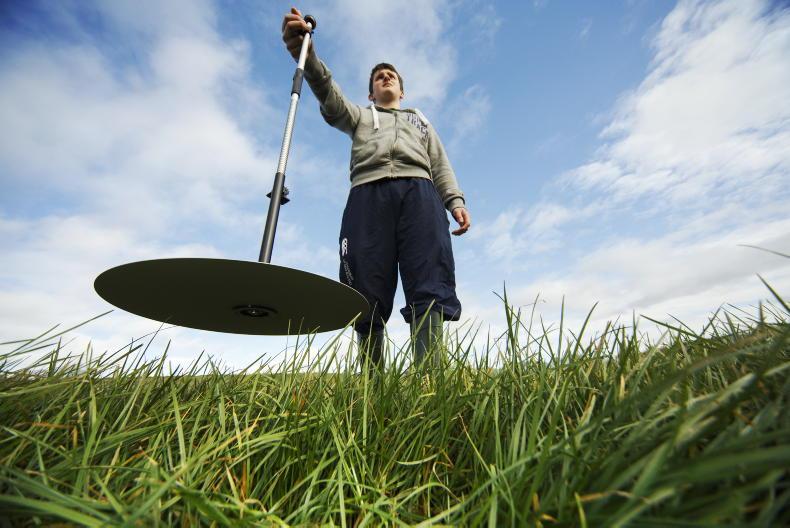One of the most important things to do is secure enough silage for next winter. The first cut of silage will be the most efficient way of doing this. The last thing drystock farmers will need is a fodder shortage in spring 2023 and not being able to either secure or purchase enough fodder for your animals.
Sit down and complete a budget for the number of animals you think you will have on hand next winter.
When you get that figure, add in 10% for a contingency plan for a late spring in 2023. April and May are two of the best months in the year for growing grass, so it makes sense to close up as much silage ground as possible during these two months.
Aim to close up 40% to 50% of the farm for first-cut silage. Remember, if less fertiliser is being spread on grazing ground, then surplus bales will not be as plentiful in 2022.
Paying a contractor €120/ac to cut a 6t/ac crop isn’t good value, so make sure your silage ground is well fertilised for a decent crop of silage in 2022.
Slurry
Slurry should be treated like a fertiliser every year and in 2022 it is never more important to make sure you are getting all the nutrients you can out of slurry.
All farms should be now using Low Emission Slurry Spreading (LESS) machines to get maximum nitrogen recovery from slurry applied.
Some 1,000 gallons of cattle slurry at 6% dry matter (standard value) will have nine units of nitrogen, five units of phosphorus and 32 units of potassium. That means if you spread 3,000 gallons of slurry/acre you are spreading all the P and K require via slurry and 27 units of nitrogen/acre.
One 50kg bag of urea per acre would then top the nitrogen up to just over 80 units/acre, which would suffice for first-cut silage on older swards.
Lime
Soil pH isn’t where it needs to be on a lot of drystock farms. Correcting soil pH will ensure that any fertiliser spread will have a better chance of actually working and growing grass.
The soil pH on grassland farms should be 6.3. Lime can be purchased and spread for €25/t, so it’s one of the cheapest fertilisers you can spread in 2022.
Limed soil also has the effect of mobilising nitrogen from the soil, so you will likely get a kick from this in grass growth after spreading.
It shouldn’t take expensive fertiliser to correct soil pH on farms but urea at €900/t could help correct pH on some farms in 2022.
Grazing
A farm stocked at 2,000kg/ha will need 40kg of dry matter growth/ha on a daily basis to meet demand. A well fertilised sward is capable of growing 50kg to 70kg/DM/ha during this time but if you factor in less fertiliser for 2022, growth will be less.
While the temptation to spread very little fertiliser on some drystock farms will be there, this is a false economy.
Running out of grass, resulting in poor thrive or having to go in and supplement with concentrates at €350/t, doesn’t make sense.










SHARING OPTIONS